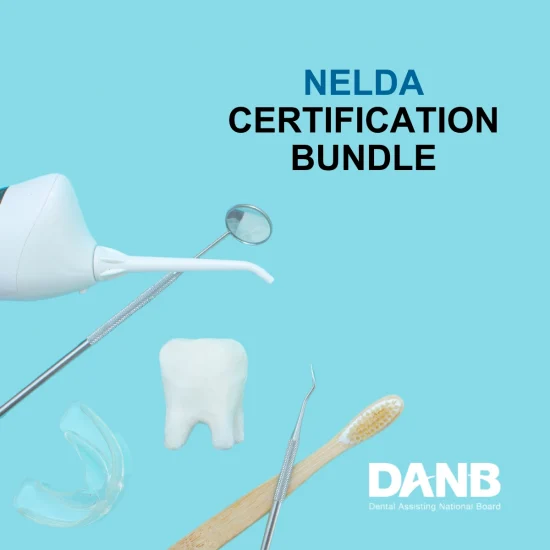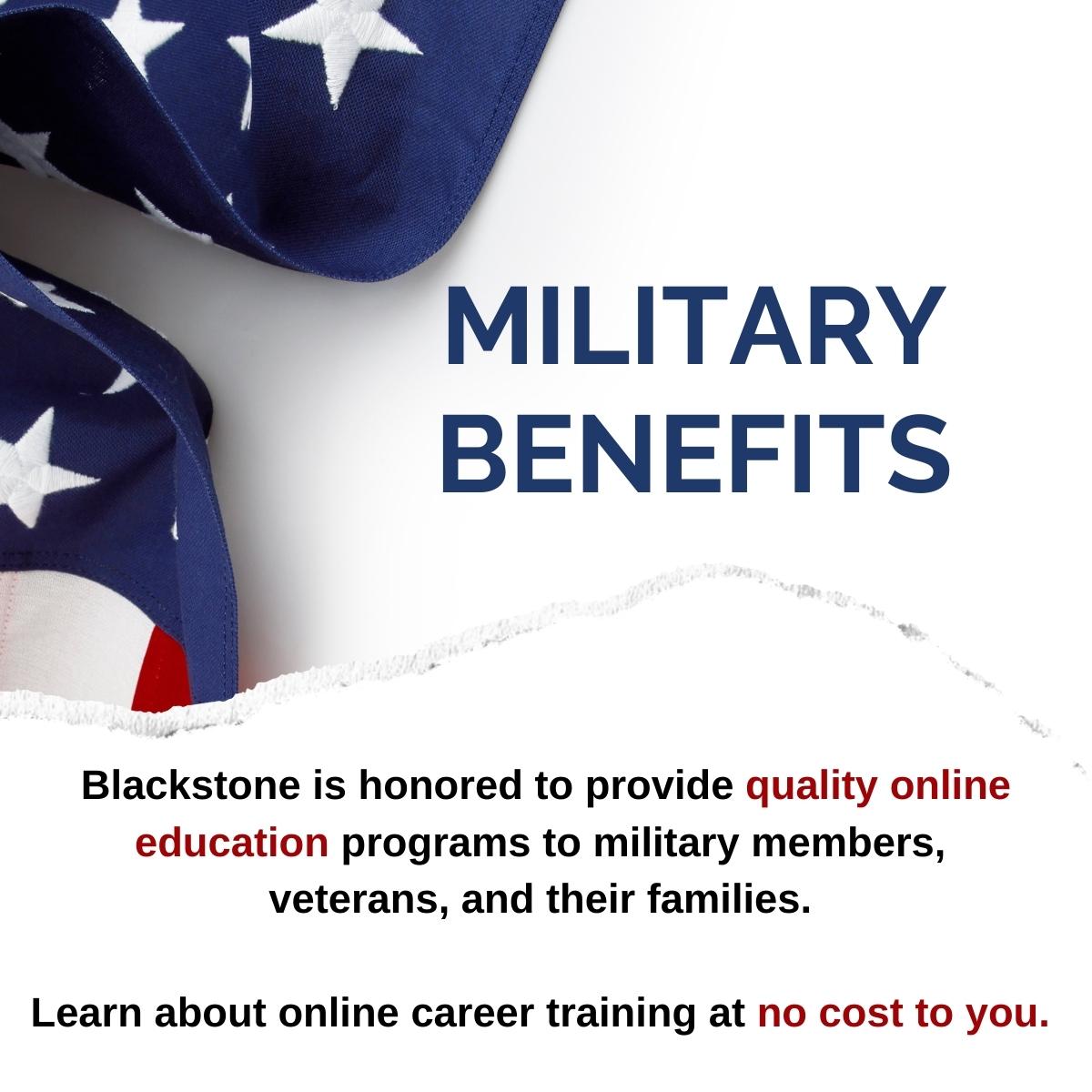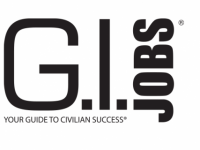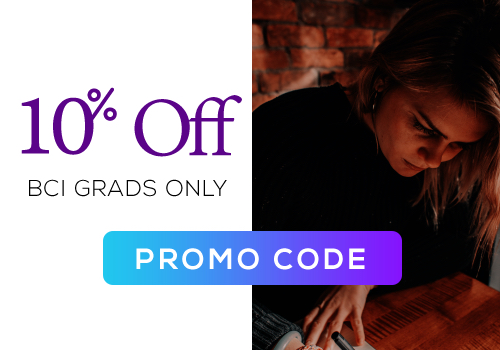

admissions
admissions
Completion Time
Completion Time
720 Clock Hours
Average Salary
Average Salary
According to Occupational Outlook Handbook, the median salary is $37,060
Certification
Certification
Accreditations
Accreditations
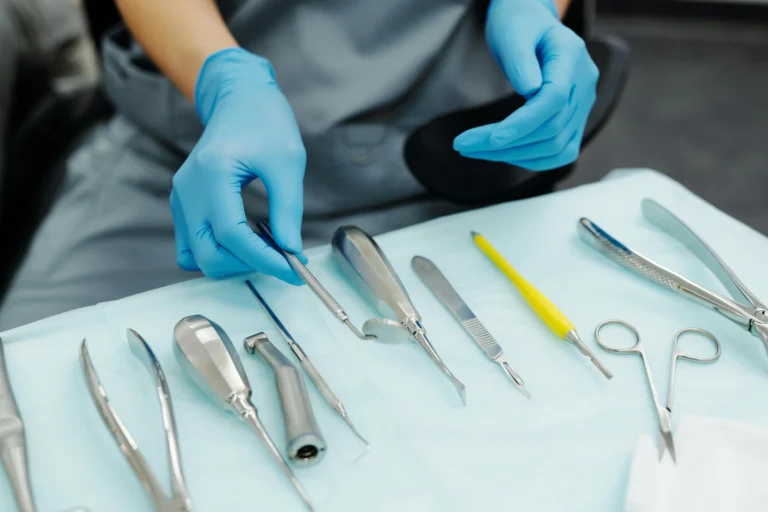
What you will do
Dental assistants are highly visible members of the dental team. As the primary point of contact for patients, you’ll play a critical role in the day-to-day operations of the office. Dental assistants perform a variety of tasks including greeting patients, scheduling and confirming appointments, managing office records, and ordering office supplies. With on-the-job training, those in a dental assistant career may also assist in chair-side duties such as sterilize and prepare instruments, take dental impressions, and sometimes take X-rays. Aftercare instructions, as well as follow-up calls, are often completed by the dental assistant. With Blackstone Career Institute’s flexible, online Dental Office Assistant Program, you’ll be ready to thrive in your new career as a dental office assistant.
WHAT YOU WILL LEARN
Blackstone’s online Dental Office Assistant Program offers the working knowledge and skills needed to run a dental office smoothly. Our Dental Office Assistant Program prepares you for the various tasks an administrative dental assistant may encounter. For example, you will learn up-to-date CDT Dental Codes, HIPAA and OSHA guidelines, and practice administrative procedures such as entering patient data, posting payments, and scheduling appointments.
Certification may help meet employer requirements, access better career opportunities, and increase earning potential. Graduates of Blackstone’s Dental Office Assistant Program qualify to sit for the National Entry Level Dental Assistant (NELDA) certification exam administered by the Dental Assisting National Board (DANB)*. Graduates of Blackstone’s Dental Office Assistant Program interested in additional preparation, resources, and practice exams can purchase the NELDA Certification Bundle here.
Learn more about State Requirements here.
*To be eligible for the certification exam, graduates are required to earn a CPR, BLS or ACLS certificate from a DANB-accepted provider. The course must include CPR and a hands-on skills exam.
Program outcomes
- Identify common learning strategies
- Describe how computers, internet and electronic communication impact the workplace today
- Demonstrate knowledge of guidelines for grammar, punctuation, and written correspondence
- Evaluate written communications to identify problems and suggest solutions
- Describe the duties of a dental office assistant
- Demonstrate the correct way to schedule appointments, interact with patients over the telephone, interact with patients in the reception area, order supplies, file documents and records, and manage accounts receivable and payable in the dental office
- Identify and define dental nomenclature and related terminology
- Chart the oral cavity
- Discuss attributes of successful teamwork
- Describe the role of a supervisor as a manager and leader
- Explain the importance of medical ethics
- Compose effective resumes and cover letters
- Consider ways to proactively search for work as a dental office assistant
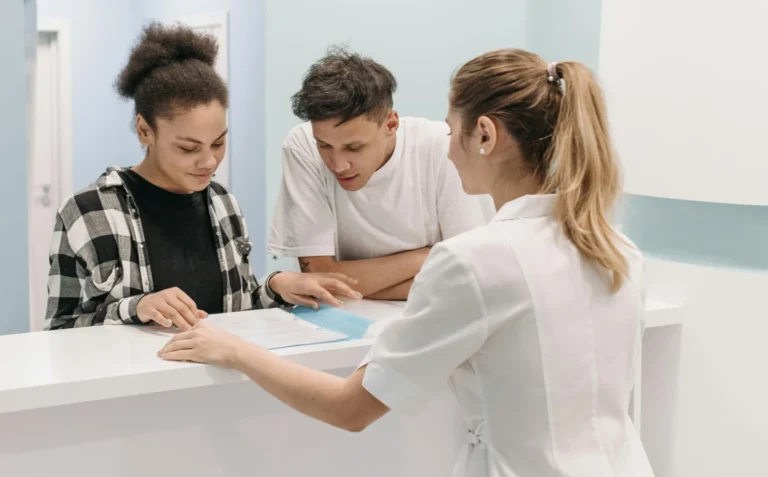
what you will make
As with many careers, the earning potential of those in a dental assistant career varies depending on factors such as experience, skills, and geographic location. According to the Occupational Outlook Handbook, those working in a dental office career earned up to $61,060 annually, with the middle 50% earning as high as $46,540.
Employment, job placement, and/or salary/salary ranges are not guaranteed to graduates upon program completion.
MEDIAN SALARY
$46,540
*While Blackstone’s training and industry relevant certifications may be accepted and/or approved by your state, employers reserve the right to dictate prerequisite education, experience, or certification requirements for their positions. We advise prospective students to research your state requirements and restrictions prior to enrollment.
SELECT THE PAYMENT OPTION THAT WORKS FOR YOU
Blackstone Career Institute makes it easy for you to receive a quality education at an affordable price point. Everything you need to complete your online Dental Office Assistant Career Program with Blackstone Career Institute is included in your tuition. Choose the payment plan that best fits your needs and learn how to become a dental office assistant today!
FULL PAYMENT
-
$1,442SAVE $228 -
Access to all lessons
-
Total $1,214
PAYMENT PLAN I
-
$1,442SAVE $144 -
Most popular plan
-
$59 down payment, 15 monthly payments of $79, final payment of $54
-
Total $1,298
PAYMENT PLAN II
-
Lowest monthly payments
-
$59 down payment, 23 monthly payments of $59, final payment of $26
-
Total $1,442
Refund Policy
At Blackstone, our Student Service team focuses on student satisfaction. However, if you choose not to continue your studies, we offer a refund policy. Cancellations within the first 5 days of enrollment receive a full refund. After the first 5 days, your refund amount is based on tuition collected, lessons completed and enrollment date. Learn more about our refund policy.
Cost of Attendance
To view a breakdown of our COST OF ATTENDANCE (All books and materials are included in the tuition cost), OTHER FEES (Registration Fee), and a sample tuition cost breakdown on our tuition protection policy page. You can also view our optional fees here.
program Materials included
BECOME NATIONAL ENTRY LEVEL DENTAL ASSISTANT (NELDA) CERTIFED
Obtaining certification builds credibility, showcases skills, and demonstrates commitment to certified healthcare professionals. To be eligible for the certification exam, graduates are required to earn a CPR, BLS or ACLS certificate from a DANB-accepted provider. The course must include CPR and a hands-on skills exam.
Blackstone’s Dental Office Assistant Program’s curriculum (720 clock hours) qualifies graduates to sit for National Entry Level Dental Assistant (NELDA) through the Dental Assisting National Board (DANB). Graduates interested in additional preparation, practice exams and resources are able to purchase the NELDA Certification Bundle.
To learn more, check out the DANB Certification Bundle below.
1. NELDA Exam Preparation Bundle
- Review Courses – Includes in-depth online review courses, creatively designed to help you recall the materials on exam day and beyond.
- Practice Tests – Over 600 multiple choice questions that follow the DANB’s exam outlines to help you get comfortable with the exam’s timed and computerized format.
2. NELDA Certification Exam Voucher
Total: $982.00
Meet Your Instructor

Colette Jesikiewicz, Dental Office Assistant Consultant
CDPMA, FADAA Colette Jesikiewicz CDPMA, FADAA joined the Blackstone team in 2020. She is a graduate of the Expanded Function Dental Assisting program at Luzerne County Community College, Nanticoke, PA. Mrs. Jesikiewicz received her national accreditation as a Certified Dental Practice Management Administrator from the Dental Assisting National Board and her Fellowship in Dental Business Management from the American Dental Assistants Association. Her past experience in the dental profession includes chairside dental assisting, dental receptionist and dental office manager. She currently holds the position of Dental Administrative Assistant at Fortis Institute, Scranton, PA. and Administrative Service Coordinator for the DentalCare program at Jewish Family Service, Scranton, PA. She looks forward to guiding our students through their training in our Dental Office Assistant program.AS FEATURED IN
FAQs
One of the major advantages in taking Blackstone’s Dental Office Assistant Program is that students can work at their own pace. Many students complete the program in 4-12 months. Students have up to 18 months from their enrollment date to complete and graduate from their program.
Obtaining certification builds credibility, showcases skills, and demonstrates career commitment to the health care profession. To be eligible for the certification exam, graduates are required to earn a CPR, BLS or ACLS certificate from a DANB-accepted provider. The course must include CPR and a hands-on skills exam. Graduates of Blackstone’s Dental Office Assistant Program are qualified to sit for NELDA certification exam through the Dental Assisting National Board (DANB). Learn more about State Requirements here.
While the majority of positions available for an administrative dental assistant are in dental offices, employment can be found in dental clinics, managed care facilities, and specialty practices working for orthodontists, periodontists, or oral surgeons. Additional education and training offer employees in an administrative dental assistant career the opportunity to move into positions such as dental-assisting instructors, office managers, or dental product sales representatives. Some dental assistants seek certification through the Dental Assisting National Board (DANB). Graduates of Blackstone’s Dental Office Assistant Program are eligible for this exam after working full-time for two years or part-time for four years as a dental assistant and obtaining certification in cardiopulmonary resuscitation (CPR). Start your career journey today and obtain your Dental Office Assistant Program certificate with Blackstone Career Institute.
As a true distance education school, we are unable to provide job placement. We do feel confident that our online career programs that align with a certification give our graduates a leg up in finding entry-level employment. Our Career Center offers students and graduates resources to prepare an interview including writing a resume and cover letter. It also offers blog articles and networking insight.
CHANGE LOOKS GOOD ON YOU - REQUEST INFO TODAY!


1011 Brookside Rd, Suite 300 Allentown, PA 18106
© 2025 Blackstone Career Institute. All rights reserved. Privacy Policy.






